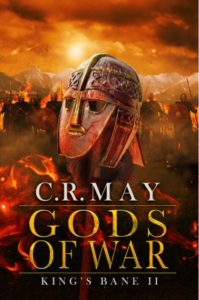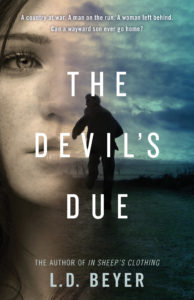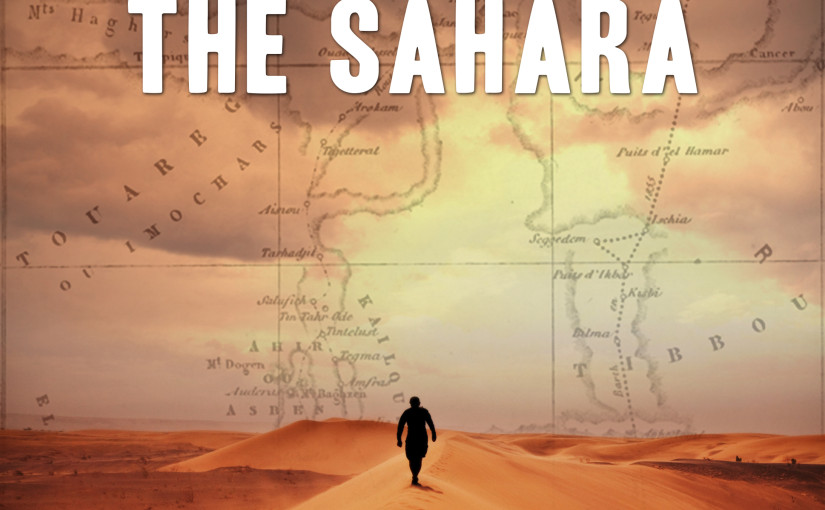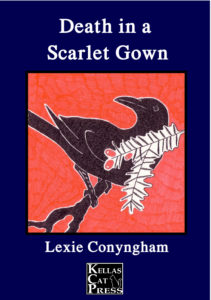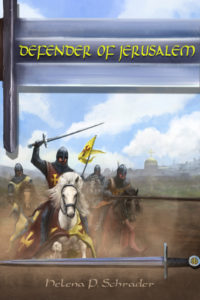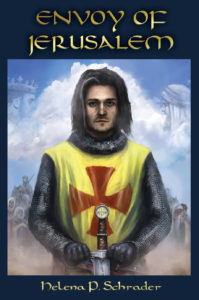While I can’t think of any time period that’s been better documented than the Second World War, there are still stories to be told. Today’s interview is with A P (Paul) Martin, who shares the story of a British student who becomes a spy at the outbreak of the war. The new novel is Codename Lazarus, the Spy Who Came Back From the Dead.
So who is A P Martin, and why do we care?
I’m an Anglo-Swiss academic who retired in 2013 to live with his wife in the

Bernese Alps in Switzerland. I’ve always read a great deal of fiction and for the last couple of years I’ve really enjoyed writing my first novel. I’ve found the whole experience a lot of fun and very rewarding, though not, so far, financially! (Editor’s note… we feel ya.) It’s amazed me how ideas and solutions to plot and writing problems can pop into my head when I’m hiking up a mountain. Good job a writing pad and pencil are always in my pocket!
What’s the book about?
Codename Lazarus is basically a spy story and its principal action takes place between 1938 and 1940. It concerns a young academic, who is approached by his university mentor to play the lead role in a daring plan to deceive Britain’s enemies in the run up to and first years of the Second World War. Without giving too much away, I can say that, as the plot unfolds he not only finds himself in frequent danger, but also his past comes back to threaten him in a completely unexpected way. So the book weaves together conflict and betrayal at the national and personal levels.
I’m a sucker for a good spy story. What inspired you to write this one?
Actually, having grown up in post war Britain and having had a father and uncles, all of whom fought in the Second World War, I’ve always been interested in that period. I also speak German fluently and really like both Germany and its people. But I must say that what inspired me to write the novel was the true story, from which it has been adapted. As soon as I read about this case, in the files released in 2014 by the British National Archive, I knew it would make a great basis for a gripping story.
Of course, my work is fictional, rather than an accurate account of the case, but I hope that I have paid some sort of tribute to the real heroes of the true story. In fact, I was very happy to learn recently that one of the journalists who wrote about the original file release in 2014 is now planning to publish a historically accurate account of the case in 2018. He’s even bought my book to see what I made of the case!
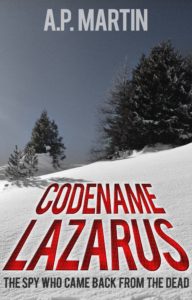
Do you have a favorite scene?
I’m not sure that I can pick a favourite scene or event, but I would like to say that what pleases me greatly is how the plot gathers momentum as it progresses and how its various threads come together at the end in what I think is a very satisfying conclusion. Reviewers have said that they’d have liked more and I’m taking that as a compliment!
Those who are interested in finding out more about myself, Codename Lazarus and the actual wartime case that inspired it are invited to look at my website : www.apmartin.co.uk
It is possible to leave comments and greetings on each page of my website and I’d love to hear directly from readers! I can also be followed on Twitter as @APMartin51
Codename Lazarus is currently available as an ebook only via Amazon Kindle, though it will be released on all other platforms in mid October. It’s also available now as a paperback from Amazon.



